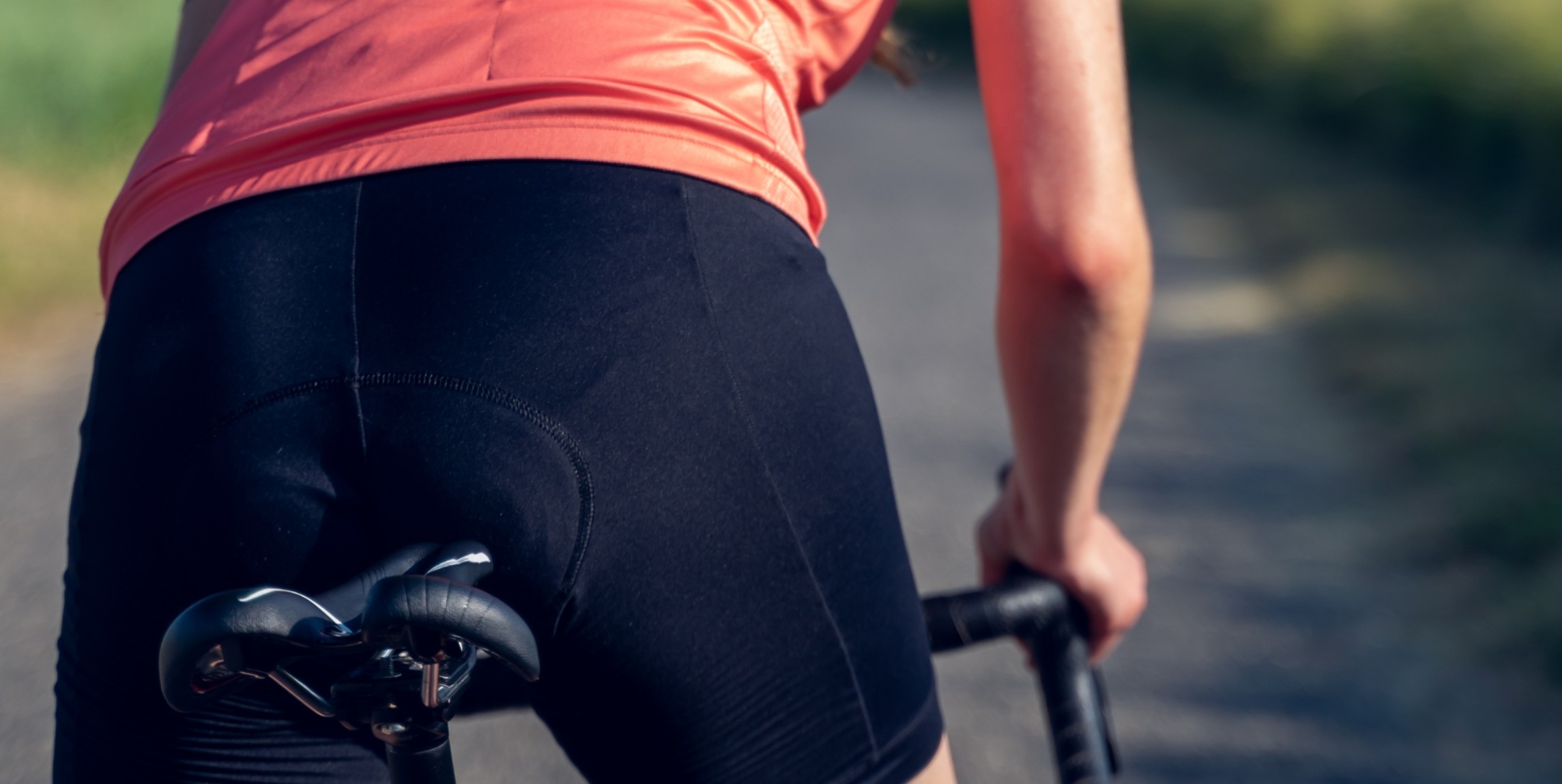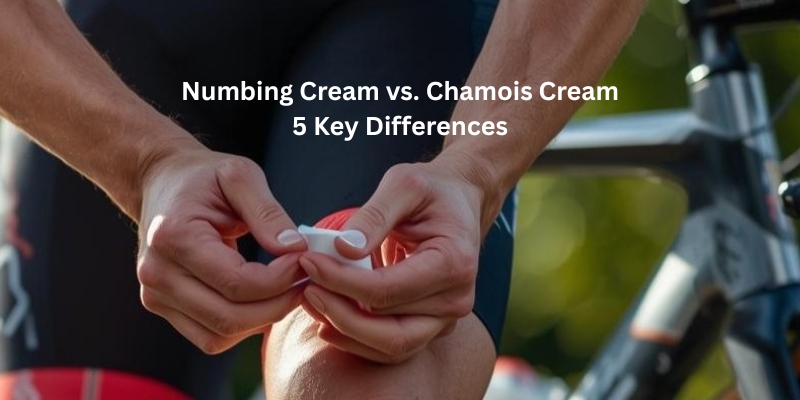Every cyclist knows that saddle discomfort can turn a great ride into a painful one. When that happens, two products often come up in conversation: numbing cream and chamois cream. Both promise relief, but they work in completely different ways.
In short, numbing cream dulls nerve sensation to mask pain, while chamois cream protects the skin from friction and irritation. Understanding these differences helps cyclists avoid misuse and find long-term comfort in the saddle.
In this article, we’ll break down how each product works, what ingredients they use, their main differences, and which one is better suited for your needs.
Numbing Cream vs. Chamois Cream: 5 Key Differences

Cyclists often face saddle pain and irritation, making comfort products essential. Numbing cream and chamois cream are two popular choices, but they work in very different ways. This guide explains the five key differences between them so you can choose the right option for pain relief and long-term riding comfort.
What Is Numbing Cream
Numbing cream is a topical anesthetic that temporarily desensitizes the skin. It’s designed to reduce pain by blocking nerve signals in the area where it’s applied.
How it works:
- Active ingredients like lidocaine or benzocaine numb the skin’s surface.
- The effect usually kicks in within 15-30 minutes and can last a few hours.
- It helps reduce discomfort from pressure, friction, or pre-existing saddle soreness.
Typical uses:
- Short rides where pain is expected.
- Before long, events for cyclists who already experience saddle pain.
- Occasionally, for recovery rides when irritation hasn’t fully healed.
While numbing cream can provide quick relief, it doesn’t address the underlying cause of discomfort, friction and moisture.
What Is Chamois Cream
Chamois cream is a protective barrier cream that reduces friction, prevents chafing, and helps maintain skin health during cycling. It’s a long-standing staple in every serious rider’s gear bag.
How it works:
- Creates a thin, slick layer between your skin and the chamois pad in your shorts.
- Keeps skin moisturized while minimizing rubbing and bacterial growth.
Common ingredients include:
- Lanolin for softness and lubrication.
- Aloe vera to soothe and hydrate.
- Antibacterial agents to reduce infection risk from trapped sweat.
Typical uses:
- Long-distance rides and endurance events.
- Daily use for cyclists prone to chafing or saddle sores.
- Preventative care for skin comfort and hygiene.
Unlike numbing cream, chamois cream doesn’t mask pain it prevents it from developing in the first place.
Key Differences Between Numbing Cream and Chamois Cream

Although both aim to make cycling more comfortable, their functions and effects are very different.
Function:
- Numbing cream dulls pain by desensitizing nerves.
- Chamois cream reduces friction and protects the skin from irritation.
Application Purpose:
- Numbing cream is used when pain already exists or is expected.
- Chamois cream is used proactively to prevent chafing and discomfort.
Duration of Effect:
- Numbing creams provide relief for only a few hours.
- Chamois creams typically last for the entire ride and can be reapplied as needed.
Safety and Skin Health:
- Overusing numbing creams can lead to skin sensitivity, allergic reactions, or delayed pain signals that hide early signs of injury.
- Chamois creams are safe for daily use and help maintain healthy skin over time.
Best Use Context:
- Numbing cream: occasional use for pain management or special events.
- Chamois cream: consistent use for prevention, protection, and long-term comfort.
Which One to Use: If you’re deciding between numbing cream vs. chamois cream, the best choice depends on your goal:
- Use numbing cream only when you already have soreness or a medical reason to dull pain temporarily.
- Use chamois cream before every ride to prevent chafing, saddle sores, and bacterial irritation.
- They’re not interchangeable. One hides pain; the other helps prevent it from starting. For most cyclists, chamois cream is the better long-term investment in comfort and skin health.
Conclusion
Both numbing cream and chamois cream have their place in a cyclist’s toolkit, but their roles are very different. Chamois cream should be your daily go-to for prevention and comfort, while numbing cream should only be used sparingly for temporary relief. Understanding these distinctions helps you protect your skin, ride longer, and recover faster.
FAQs
It’s not recommended. Mixing them can interfere with how each product works and may irritate your skin.
Not really. It can mask pain, which prevents you from noticing skin damage or saddle sores developing during the ride.
Apply it before every ride, especially if you’re cycling for more than an hour. Reapply mid-ride for ultra-distance events if needed.
Most quality chamois creams are formulated for sensitive skin, but it’s always best to test a small amount first. Look for alcohol-free, fragrance-free options if you have allergies.


